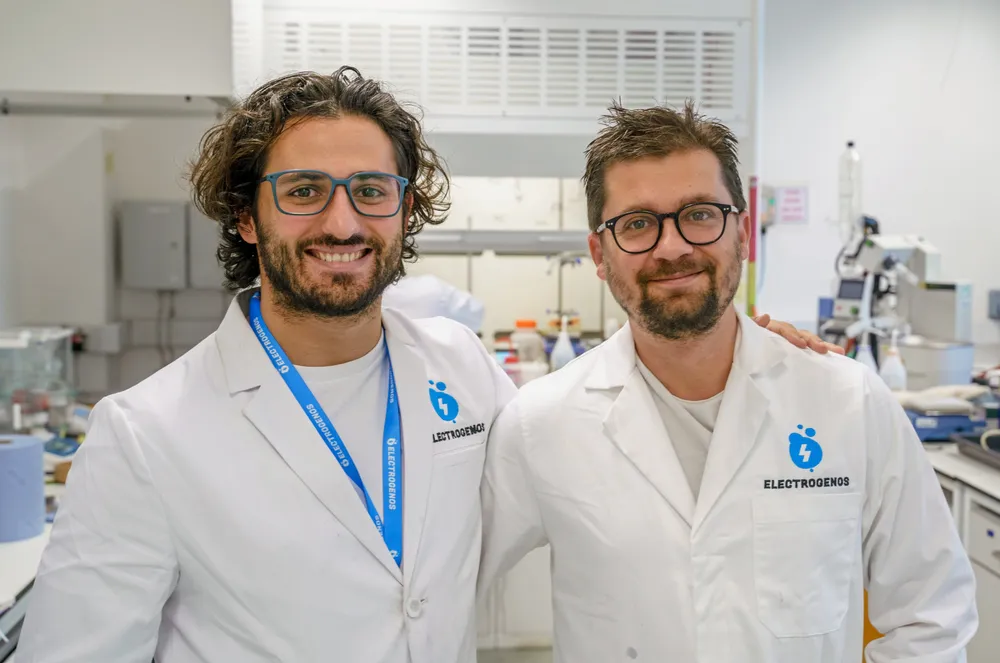Cheaper green hydrogen | How UK start-up Electrogenos has engineered the world's most efficient alkaline electrolyser
Three technological breakthroughs will enable the production of renewable H2 at a significantly lower cost than commercially available technology, CEO tells Hydrogen Insight
